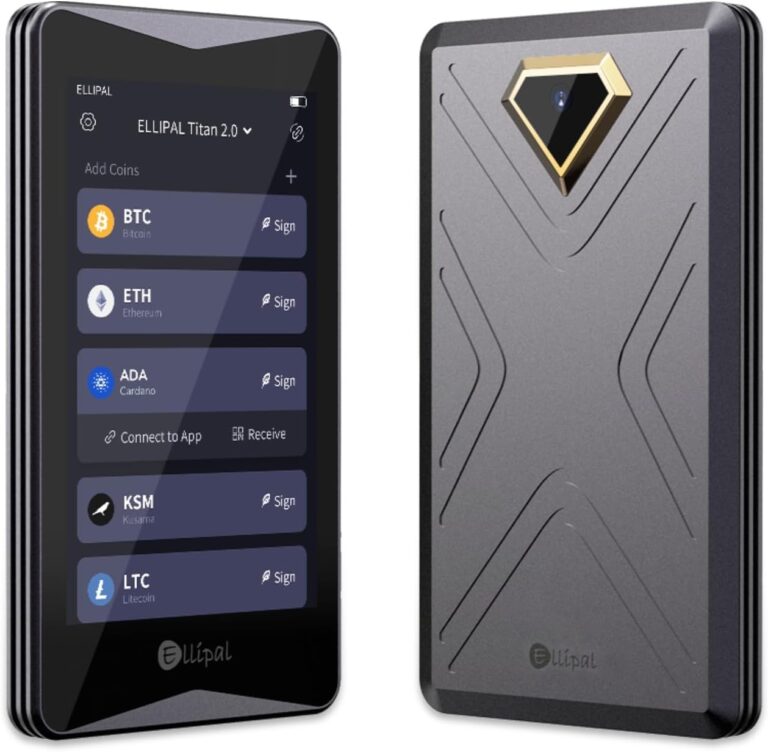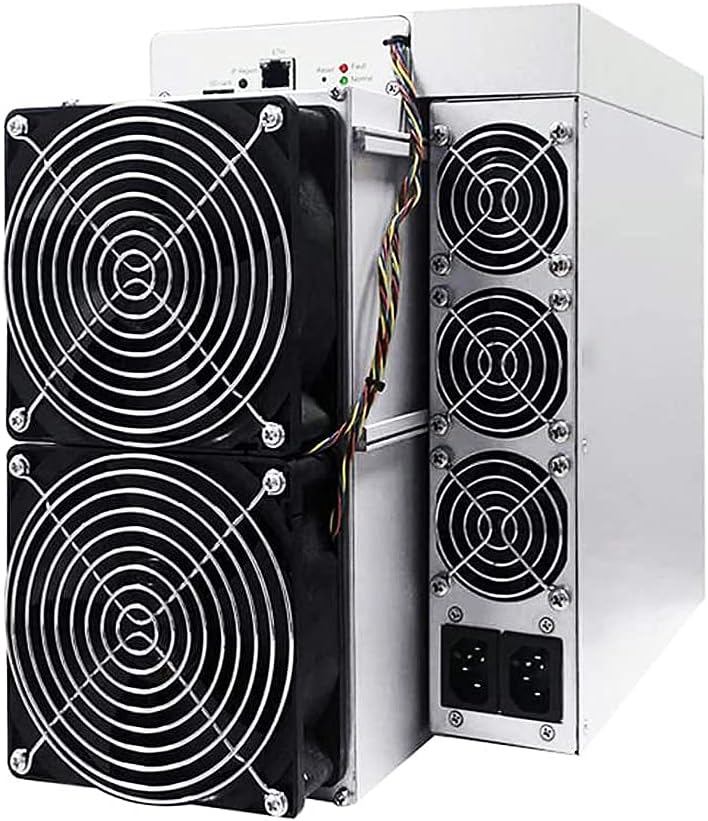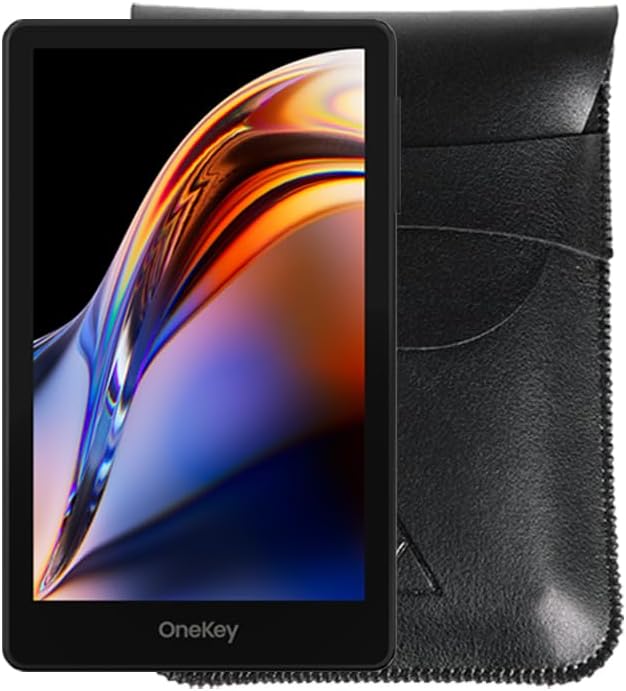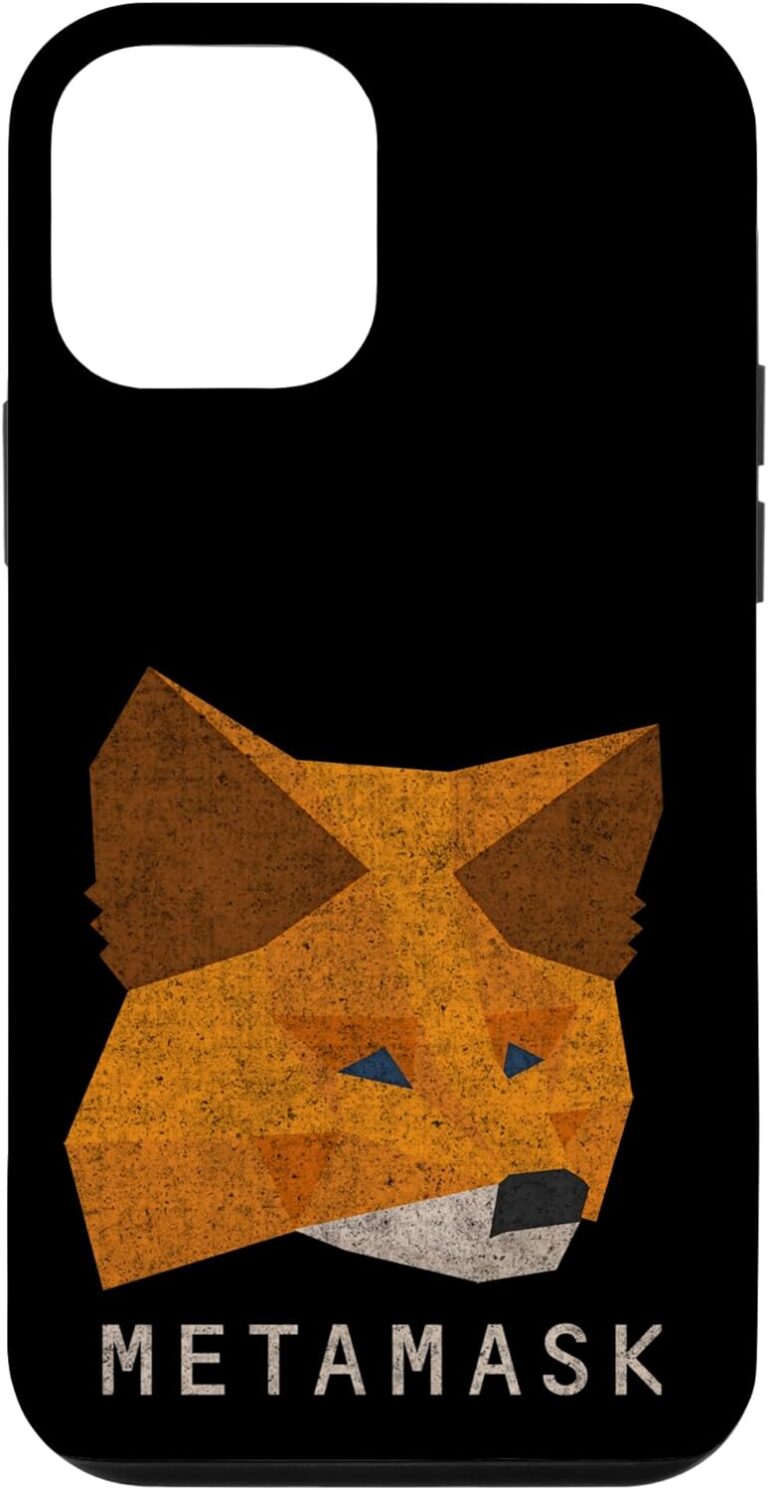How Do I Send Or Receive Cryptocurrencies Using A Wallet?
Hey there! Have you ever wondered how you can send or receive cryptocurrencies using a wallet? Well, you’re in luck because we’ve got all the information you need right here. Cryptocurrencies have become increasingly popular in recent years, and understanding how to use a wallet to send or receive them is essential for anyone looking to dive into the world of digital currencies. So, whether you’re a beginner or already familiar with cryptocurrencies, this article will guide you through the process step-by-step. Get ready to learn all about sending and receiving cryptocurrencies using a wallet!
Curious to know more? Well, you’re about to discover all the ins and outs of sending and receiving cryptocurrencies using a wallet in our detailed article. We’ll explain what a cryptocurrency wallet is and why it’s crucial for managing your digital assets. You’ll also learn about the different types of cryptocurrency wallets available and how to choose the right one for you. Plus, we’ll walk you through the step-by-step process of sending and receiving cryptocurrencies, including important tips and precautions to keep in mind. So, if you’re ready to become a pro at handling cryptocurrencies, keep on reading!
What is a Cryptocurrency Wallet?
A cryptocurrency wallet is a digital tool that allows you to securely store, send, and receive cryptocurrencies such as Bitcoin, Ethereum, and Litecoin. It functions similarly to a traditional wallet, but instead of holding physical cash and cards, it holds your digital currencies.
Definition and Explanation
A cryptocurrency wallet consists of two main elements: a public address and a private key. The public address acts as your wallet’s identifier, similar to a bank account number. It is the address you provide to others when you want to receive cryptocurrency. The private key, on the other hand, is like a password that grants you access to your funds. It should be kept secure and never shared with anyone.
There are different types of cryptocurrency wallets available, each with its own set of features and security levels. Let’s explore some of the most common ones.
Types of Cryptocurrency Wallets
-
Hardware Wallets: These are physical devices that store your cryptocurrencies offline, offering the highest level of security. They are resistant to malware and hacking since the private keys are stored offline and never exposed to the internet.
-
Software Wallets: These wallets run on your computer or mobile device. They are divided into two categories:
a. Desktop Wallets: Installed on your computer, these wallets provide easy access to your cryptocurrency funds. However, they are susceptible to malware or viruses.
b. Mobile Wallets: Similar to desktop wallets, mobile wallets are installed on your smartphone and offer convenient access to your funds. They are more vulnerable to theft or loss due to device malfunctions.
-
Web Wallets: These wallets run on the cloud and can be accessed from any device with an internet connection. They are user-friendly and convenient but rely on a third-party service provider, which may introduce some security risks.
-
Paper Wallets: A paper wallet is a physical printout or a handwritten note that contains your public and private keys. It offers enhanced security since it is not connected to the internet. However, it is important to keep paper wallets safe from physical damage or loss.
Creating a Cryptocurrency Wallet
Now that you understand what a cryptocurrency wallet is, let’s walk through the process of creating one.
Choose a Wallet Provider
Start by selecting a wallet provider that suits your needs. Research different providers and consider factors such as security, user interface, supported cryptocurrencies, and customer reviews. Some popular wallet providers include Coinbase, Ledger, Trezor, Exodus, and MyEtherWallet.
Sign Up or Create an Account
Once you have chosen a wallet provider, visit their website or download their application. Follow the instructions to sign up for an account. This typically involves providing an email address and creating a strong password. Make sure to use a unique password that you haven’t used elsewhere to enhance security.
Set Up Two-Factor Authentication
To further secure your wallet, enable two-factor authentication (2FA) if the wallet provider offers this feature. 2FA adds an extra layer of protection by requiring a second verification method, such as a code sent to your smartphone, in addition to your password.
Secure Your Wallet with a Strong Password
Choose a strong password for your wallet that includes a combination of uppercase and lowercase letters, numbers, and special characters. Avoid using easily guessable passwords or reusing passwords from other accounts. A strong password will help prevent unauthorized access to your funds.
Receiving Cryptocurrencies
Once you have set up your wallet, you can start receiving cryptocurrencies.
Obtaining Your Wallet Address
To receive cryptocurrencies, you need to provide your wallet’s public address. Depending on the wallet provider, you can find your wallet address by navigating to the “Receive” or “Deposit” section of your wallet. The address is a long string of alphanumeric characters, unique to your wallet.
Sharing Your Wallet Address
To receive cryptocurrencies, share your wallet address with the sender. You can do this by providing them with the alphanumeric characters or by scanning a QR code generated by your wallet. Double-check the accuracy of the address before sharing it to avoid any potential errors or loss of funds.
Requesting Payments
Once you have shared your wallet address, you can request payments from others. Provide the sender with the amount and currency you are expecting, and they can then send the desired cryptocurrency to your wallet address. It is important to note that cryptocurrency transactions are irreversible, so it is essential to double-check the address before confirming any transactions.
Sending Cryptocurrencies
If you want to send cryptocurrencies to someone else, here’s how you can do it using a wallet.
Entering the Recipient’s Wallet Address
To send cryptocurrencies, you will need the recipient’s wallet address. It is similar to how you receive cryptocurrencies, but in this case, you are the sender. Ensure the address is accurate and belongs to the intended recipient before proceeding.
Choosing the Amount to Send
Enter the amount of cryptocurrency you wish to send. Most wallets allow you to send cryptocurrencies in various denominations, such as Bitcoin (BTC) or Ethereum (ETH). Double-check the amount to avoid any mistakes, as cryptocurrency transactions cannot be reversed.
Verifying Transaction Details
Before proceeding with the transaction, review the transaction details carefully. Check the recipient’s wallet address, the amount to be sent, and any transaction fees that may apply. It is essential to verify all the details to avoid any costly mistakes.
Confirming and Broadcasting the Transaction
Once you are satisfied with the transaction details, confirm and broadcast the transaction. Depending on the wallet provider, this process may involve clicking a “Confirm” or “Send” button and entering your wallet password or confirming the transaction using 2FA. The transaction will then be broadcasted to the blockchain network for verification and inclusion in a block.
Transaction Fees and Speed
Understanding transaction fees and transaction speed is crucial when sending or receiving cryptocurrencies.
Understanding Transaction Fees
Transaction fees are a small amount of cryptocurrency paid to the miners who verify and confirm transactions on the blockchain network. Fees can vary depending on the network congestion and the urgency of your transaction. Generally, higher fees result in faster transaction confirmation.
Factors Affecting Transaction Speed
Several factors can influence the speed of cryptocurrency transactions. These include the network congestion, the transaction fee you set, and the computational power of the blockchain.
Adjusting Transaction Fees
Some wallets allow you to adjust the transaction fee manually. If you need your transaction to be confirmed quickly, setting a higher fee can incentivize miners to prioritize your transaction. If time is not a concern, you may choose to set a lower fee, but this might result in a longer confirmation time.
Security Measures for Cryptocurrency Transactions
Ensuring the security of your cryptocurrency transactions is paramount to protect your digital assets. Here are some measures you can take:
Using Hardware Wallets
Consider using a hardware wallet if you own significant amounts of cryptocurrencies. These physical devices provide an additional layer of security by keeping your private keys offline and protected from online threats. Examples of hardware wallets include Ledger Nano S, Trezor, and KeepKey.
Enabling Two-Factor Authentication
Enable two-factor authentication on your wallet whenever possible. This adds an extra layer of security by requiring a second verification step, typically a code sent to your smartphone. Even if someone manages to obtain your password, they would still need access to your smartphone to gain entry to your wallet.
Using a VPN for Added Security
When accessing your wallet or performing transactions, consider using a virtual private network (VPN). A VPN encrypts your internet connection, making it more difficult for hackers to intercept your data. It adds an additional layer of protection when using public Wi-Fi networks or when accessing your wallet from unfamiliar networks.
Avoiding Phishing Scams
Beware of phishing scams, where attackers try to deceive you into revealing your wallet’s private key or other sensitive information. Avoid clicking on suspicious links or providing personal information to unknown sources. Always double-check the authenticity of websites and emails before sharing any sensitive information.
Common Issues and Troubleshooting
While using a cryptocurrency wallet is generally straightforward, you may encounter some common issues along the way. Here are a few troubleshooting tips:
Transaction Delays
If your transaction is taking longer than expected to confirm, it may be due to network congestion or a low transaction fee. Consider increasing the transaction fee or waiting for the network congestion to subside.
Incorrect Wallet Address
Double-check the recipient’s wallet address to ensure it is correct before sending any funds. Cryptocurrency transactions are irreversible, so sending funds to an incorrect address may result in permanent loss.
Lost or Forgotten Password
If you lose or forget your wallet password, you may lose access to your funds. Most wallet providers do not have a password recovery option, emphasizing the importance of storing your password securely. Consider keeping backups of your private keys or using a password manager to store passwords securely.
Wallet Backup and Recovery
Regularly back up your wallet and store the backup securely. Wallet backups can be used to restore your wallet in case of loss, theft, or device failure. Follow the specific instructions provided by your wallet provider to back up your wallet.
Managing Multiple Cryptocurrencies
If you own multiple cryptocurrencies, managing them efficiently can be challenging. Here are some tips:
Wallets that Support Multiple Cryptocurrencies
Choose a wallet that supports multiple cryptocurrencies if you hold various digital assets. Some wallets offer support for a wide range of cryptocurrencies, making it easier to manage and track your balances in one place.
Exchanging Cryptocurrencies within the Wallet
Some wallets allow you to exchange one cryptocurrency for another directly within the wallet interface. This feature saves you the hassle of using external exchanges and can be more cost-effective.
Managing and Tracking Balances
Use portfolio management tools or platforms to track your cryptocurrency balances across multiple wallets and exchanges. These tools provide insights into your overall portfolio, including performance, gains, and losses.
Legal and Regulatory Considerations
When using cryptocurrency wallets, it is important to be aware of legal and regulatory requirements in your jurisdiction. Two essential considerations are tax reporting and anti-money laundering (AML) and know your customer (KYC) requirements.
Tax Reporting and Compliance
Cryptocurrency transactions may be subject to tax reporting requirements in many jurisdictions. Consult with a tax professional or familiarize yourself with the tax regulations in your country to ensure compliance.
AML and KYC Requirements
Many wallet providers and cryptocurrency exchanges implement AML and KYC measures to prevent money laundering and to verify the identities of their users. Be prepared to provide identification documents and follow the necessary procedures when prompted by your wallet provider.
Conclusion
In conclusion, using a cryptocurrency wallet allows you to securely send and receive digital currencies. By following the steps outlined in this article, you can create a wallet, protect your funds with strong security measures, send and receive cryptocurrencies, and troubleshoot common issues. Remember to prioritize security and stay informed about legal and regulatory requirements to ensure a smooth experience with your cryptocurrency wallet.







